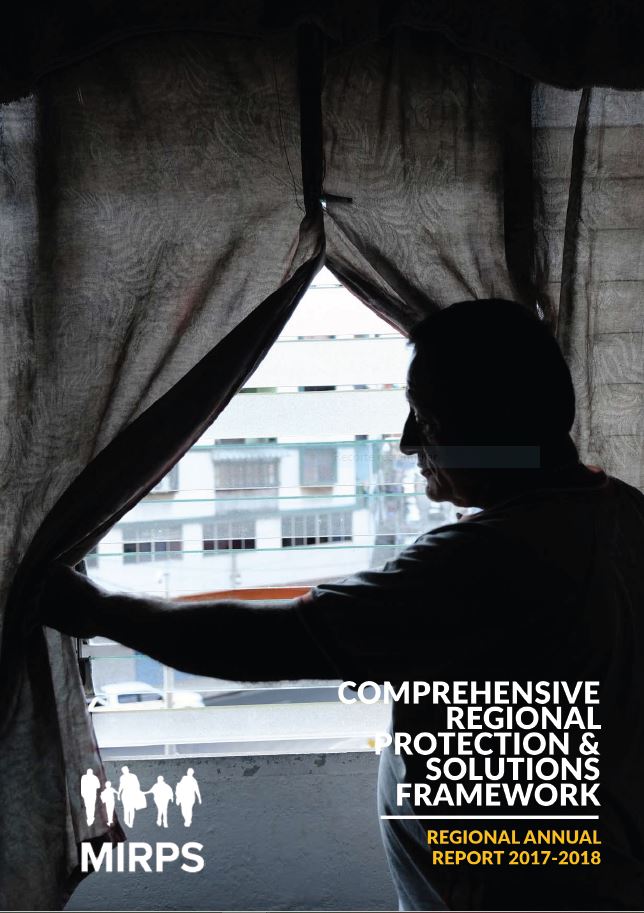The situation of human mobility in the Americas is complex and responds to dynamics of diverse nature. Beyond regular migration processes that allow for a constant economic and cultural exchange, in the past year, asylum claims have increased across the entire region, including in Central America and Mexico. New displacement situations have risen, particularly of people coming from Venezuela and Nicaragua. Over 7,000 Venezuelans have sought refugee status in Panama, Mexico and Costa Rica in 2018. These are thousands of girls, boys, adolescents, women and men in search of international protection and a safe haven to live in dignity. In addition, more than 15,000 Nicaraguans sought for asylum in Costa Rica this year, while other MIRPS countries have been impacted by this situation.
And this is in addition to the persistent flux from and towards El Salvador, Honduras and Guatemala, where in spite of the efforts invested by local authorities and progress made within the countries, the current trend of displacement is wide, multi-causal and complex. These result from violence and insecurity, as well as socioeconomic factors that have forced people to leave their homes. The deportations of some of our citizens are coupled with this intricate situation, citizens who in turn may have potential international protection needs. Hence, in the last year, the figures of refugees and asylum-seekers have increased by 30% in MIRPS countries.

